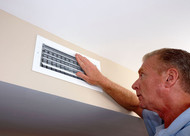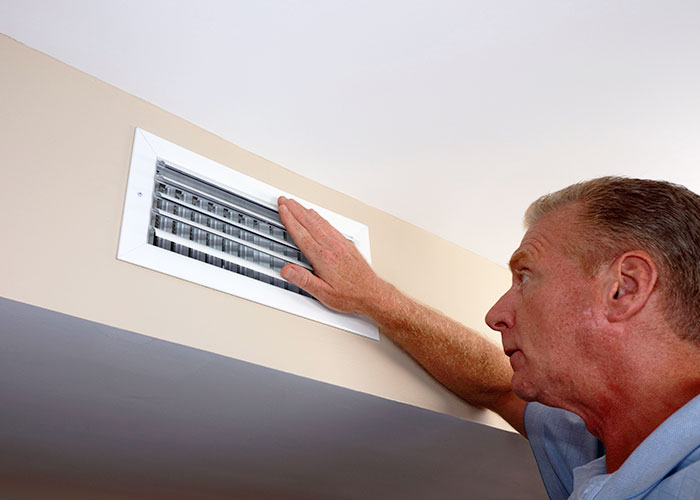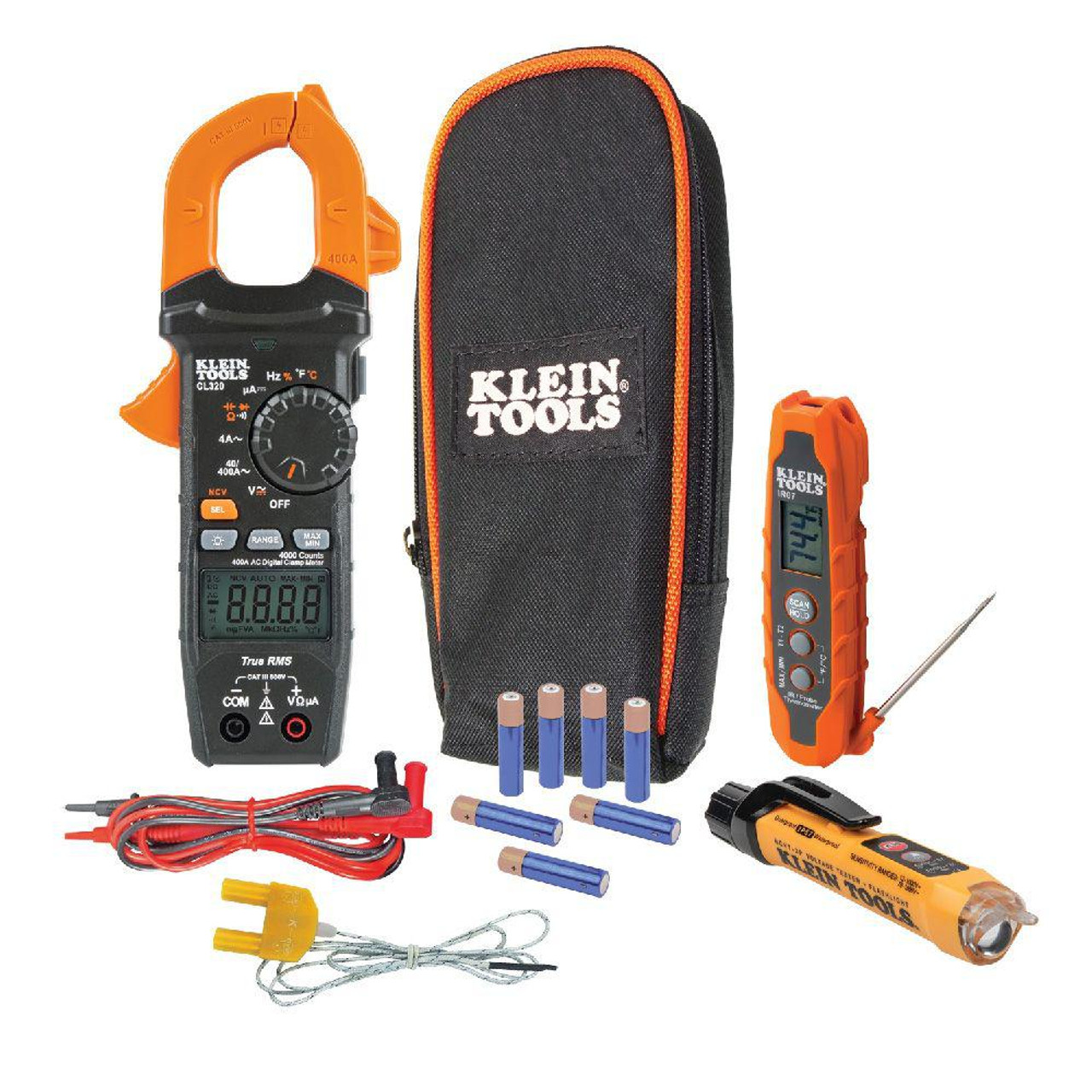What Are HVAC Registers? A Brief Guide
10th May 2024
Have you ever wondered what keeps your home comfortably cool in the summer and toasty in the winter? It’s the HVAC system — specifically, the HVAC registers that control and direct air flow. Available in various styles and sizes, from modern HVAC registers to practical HVAC floor registers, these components are crucial for maintaining an ideal living environment.
This blog will focus on everything from HVAC registers and HVAC register sizes to the benefits of HVAC register filters. We will also include some of the best HVAC tools and tips to help you make informed choices and enhance your home's efficiency and comfort.
Let’s get started!
What Are HVAC Registers?
HVAC registers are the adjustable vents located on the walls, floors, and ceilings of a building. HVAC registers are connected to the ductwork of HVAC and air conditioning systems. These registers control the air flow from the HVAC system into the rooms, allowing occupants to manage the distribution and volume of air. Typically equipped with a series of adjustable louvers or grilles, HVAC registers can be opened or closed to varying degrees to regulate the comfort levels within different spaces.
Other Vent Types In HVAC System
When it comes to HVAC systems, the efficiency and effectiveness of air distribution largely depend on the type of vents installed. Among these, HVAC registers are perhaps the most familiar to most homeowners. However, understanding the range of vent types available can help optimize your home's HVAC system. Here's a breakdown of HVAC registers and other common vent types:
Grilles
Grilles are similar to registers but lack adjustable louvers. They are static vents that cover return or supply ducts and are used solely to cover openings into the ductwork. Since grilles do not control airflow direction or volume, they are primarily used for their protective and decorative qualities.
Diffusers
Diffusers are commonly used in commercial buildings but can also be found in residential settings, especially in rooms that require dispersed airflow. Unlike registers, diffusers are designed to spread air across a wide area, often in several directions at once, which helps to distribute air more evenly and enhance the comfort of a space.
Returns
Return vents are crucial for maintaining efficient air circulation in an HVAC system. They do not have adjustable louvers and are designed to pull air from a room back to the HVAC system for reheating, cooling, or filtering. Properly positioned return vents ensure that air circulates throughout the space, maintaining a steady temperature and air quality.
How Do HVAC Registers Work?
HVAC registers play a crucial role in a home or building's heating, ventilation, and air conditioning (HVAC) system. They are the adjustable vents that control the air flow from the HVAC system into different rooms and areas. Here’s what HVAC registers do:
- Control Air Flow: Registers can be opened, closed, and adjusted to control the amount of air entering a space. This allows for regulation of temperatures in different rooms according to need and preference.
- Direct Air Flow: The louvers or slats in HVAC registers can be angled to direct airflow in specific directions within a room. This helps in evenly distributing air and improving comfort by avoiding direct drafts.
- Aesthetic Integration: Registers are available in various designs and finishes to match the interior design of the room. They serve not only a functional role but also a decorative one, blending with the overall aesthetic of the space.
Overall, HVAC registers are essential for effectively managing indoor climate control by facilitating the distribution of heated or cooled air throughout a building, according to occupant preferences and requirements.
HVAC Registers Give You Options for Every Style
When it comes to ensuring your home not only feels comfortable but also looks good, HVAC registers play a surprisingly significant role. With a wide array of styles, finishes, and designs available, HVAC registers offer much more than functional air control:
Material and Finish Options for HVAC Registers
Available in materials like metal, wood, and plastic, each offering unique aesthetic appeals. Metal registers feature finishes such as brushed nickel and bronze, adding elegance to any room. Wooden options include oak, cherry, or walnut, seamlessly matching flooring or cabinets.
Matching HVAC Registers to Your Home Style
No matter if your home is modern, traditional, or eclectic, there's a matching HVAC register. Contemporary designs boast clean, simple lines, while traditional styles offer ornate details. Custom-designed options are available for a unique touch.
HVAC Registers as Decorative Elements
HVAC registers impact your space's perception, serving as functional art. Decorative designs can become room focal points, or choose styles that blend invisibly with your décor. This balance of art and functionality enhances room aesthetics.
Customizable Features of HVAC Registers
HVAC registers offer more than just visual appeal; they're adaptable in size and functionality. Equipped with adjustable louvers, they allow precise control over air flow direction and intensity, ensuring comfort and efficiency in your environment.
Must-Have HVAC Tools
For professionals working in heating, ventilation, and air conditioning (HVAC), having the right tools is not just a convenience—it's essential. Here are some of the most important tools that every HVAC technician should have in their toolkit:
- Multimeter: A critical tool for diagnosing and troubleshooting electrical issues within HVAC systems. It measures voltage, current, and resistance.
- Gauges: Used to measure pressure within HVAC systems, helping technicians ensure that everything is operating at the correct pressure levels.
- Leak Detector: Essential for finding leaks in HVAC systems, whether they’re in refrigerant lines or ductwork. This tool helps maintain system efficiency and prevent damage.
- Screwdrivers and Wrenches: A variety of screwdrivers and wrenches are necessary for opening panels, adjusting components, and general maintenance tasks.
- Thermometer/Thermocouple: Used to measure the temperatures of various parts of the HVAC system, ensuring they are within safe and efficient operating ranges.
- Pipe Cutter and Crimper: For working with piping and ductwork, these tools allow technicians to cut and seal pipes or ducts properly.
- Vacuum Pump: A vacuum pump is crucial for evacuating air and moisture from refrigerant lines before charging the system with refrigerant.
- Torch Kit: Often used for brazing and soldering metal parts within HVAC systems, such as pipes or coils.
JB Tools Is Offering Quality HVAC Tools At 20% Discount
JB Tools is currently providing a fantastic opportunity for HVAC professionals and enthusiasts alike with a 20% discount on high-quality HVAC tools. This offer is perfect for those looking to upgrade their toolkit or stock up on essential equipment. Whether you're a seasoned technician or just starting out, JB Tools has the right tools to enhance your efficiency and effectiveness on the job.



